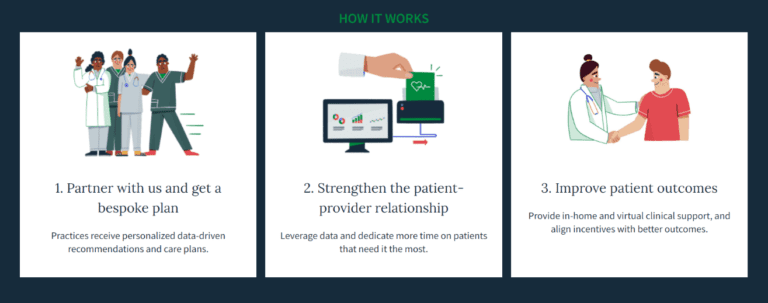End of ARP Tax Credits Could See Millions Join the Uninsured Population
Urban Institute brief shows uninsured population increasing by over 3 million

April 21, 2022 – The American Rescue Plan Act (ARP) provided premium subsidies to individuals and families that receive health insurance through the Affordable Care Act (ACA) marketplace. Those with incomes higher than 400 percent of the federal poverty level were also extended subsidies. Enrollees with incomes under 150 percent of the federal poverty level could also receive health plan coverage at no cost.
Through the premium tax credits provided through the American Rescue Plan, over 5.8 million new enrollees signed up for coverage during the 2022 open enrollment season.
With the premium subsidies under the ARP set to expire on December 31, 2022, there could be a significant number of Americans that lose health insurance coverage.
Urban Institute Developed Model to Gauge Health Insurance Loss
Whether or not to extend the American Rescue Plan health insurance premium subsidies is under debate. To understand how enrollees will be impacted if policymakers choose to let the tax credits expire, the Urban Institute generated estimates using the Health Insurance Policy Simulation Model.
Researchers found that without premium tax credit expansions, only 8.5 million people will receive marketplace coverage with premium subsidies in 2023. This is 4.9 million fewer than if the ARP subsidies were extended.
The expiration of tax credits will also lead to approximately one million unsubsidized nongroup enrollees on the healthcare marketplace. This is due to the fact that enrollees with incomes above 400 percent of the federal poverty level with lose the eligibility for subsidies.

Through the platform, practices can use data analysis tools for claims, clinical notes, social determinants of health, and hospital feeds. The goal of the platform is to enhance downstream network management and improve care coordination.
Vytalize Health Has Seen Fast Growth
The company began offering the value-based care solution to other primary care practices in 2017. Since then, the patient base has grown quickly. The company has seen a 150% year-over-year increase in its patient-based.
Currently, Vytalize Health is partnered with 280 primary care practices across 16 states. The tech solution for value-based care delivery is responsible for $2 billion in medical spending.
Vytalize Health is also beginning to partner with national and regional Medicare Advantage plans.
“We have been actively searching for the right Medicare at-risk platform for the past 18 months. We are very excited to back Faris and the team as they continue to activate value-based care across the healthcare market,” said Enhanced Healthcare Partners General Partner Samarth Chandra. “Vytalize Health and its network of practices have repeatedly demonstrated they can improve the quality of care for patients while also better managing healthcare spending overall.”
With these funds, the company will be able to expand into new markets in conjunction with increasing its market penetration in existing areas.
The VBP Blog is a comprehensive resource for all things related to value-based payments. Up-to-date news, informative webinars, and relevant blogs in the VBP sphere to help your organization find success.








